The beautiful Edinburgh streets and buildings which are the stars of ITV's Belgravia — thanks to a sprinkling of production magic
If you've been wondering where ITV's Belgravia is filmed, the answer may surprise you: Edinburgh. Ali Wood paid a visit to the beautiful Scottish capital to find out more.
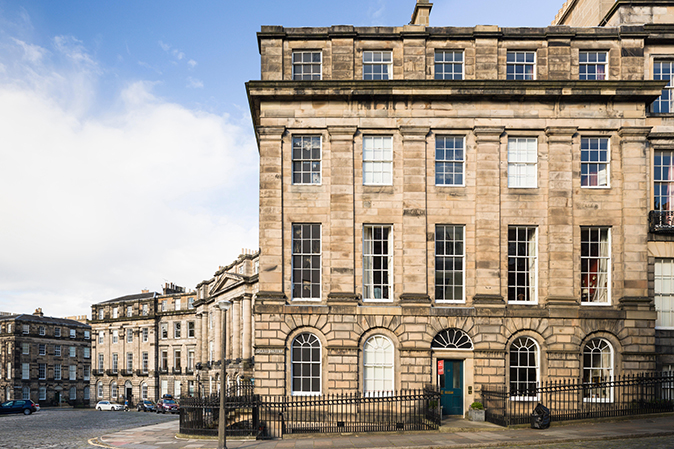
Life is beginning to stir in the New Town. Cats yawn and stretch out on the cobbles and doors bang softly behind their owners as they set out on their 15-minute walk to the city centre. A sit-on lawnmower buzzes loudly from the gardens, around which is the most elegant circular street I’ve ever seen. This is Moray Place. Or — if you’re watching the new Julian Fellowes’ drama — Belgravia. Not the affluent district in Central London, but in fact a quiet enclave of Edinburgh, and an idyllic place to start a Georgian-themed weekend.
Starring Tamsin Grieg and Philip Glenister, the new show by the creators of Downton Abbey is a story of secrets and scandals amongst the upper echelons of 19th century society. When the Trenchards accept an invitation to the Duchess of Richmond’s ball on the eve of the Battle of Waterloo, their actions trigger a series of events that will have consequences for decades to come.
The real Belgravia — with its white stucco buildings and grand architecture — was out of the question for filming, being full of embassies and high security, so the production team searched the country looking for a style of ‘elegant simplicity’.
‘You know the settings are sumptuous and you know audiences will want to enjoy those sumptuous settings,’ explains director John Alexander. ‘The best we found was Moray Place in Edinburgh.’
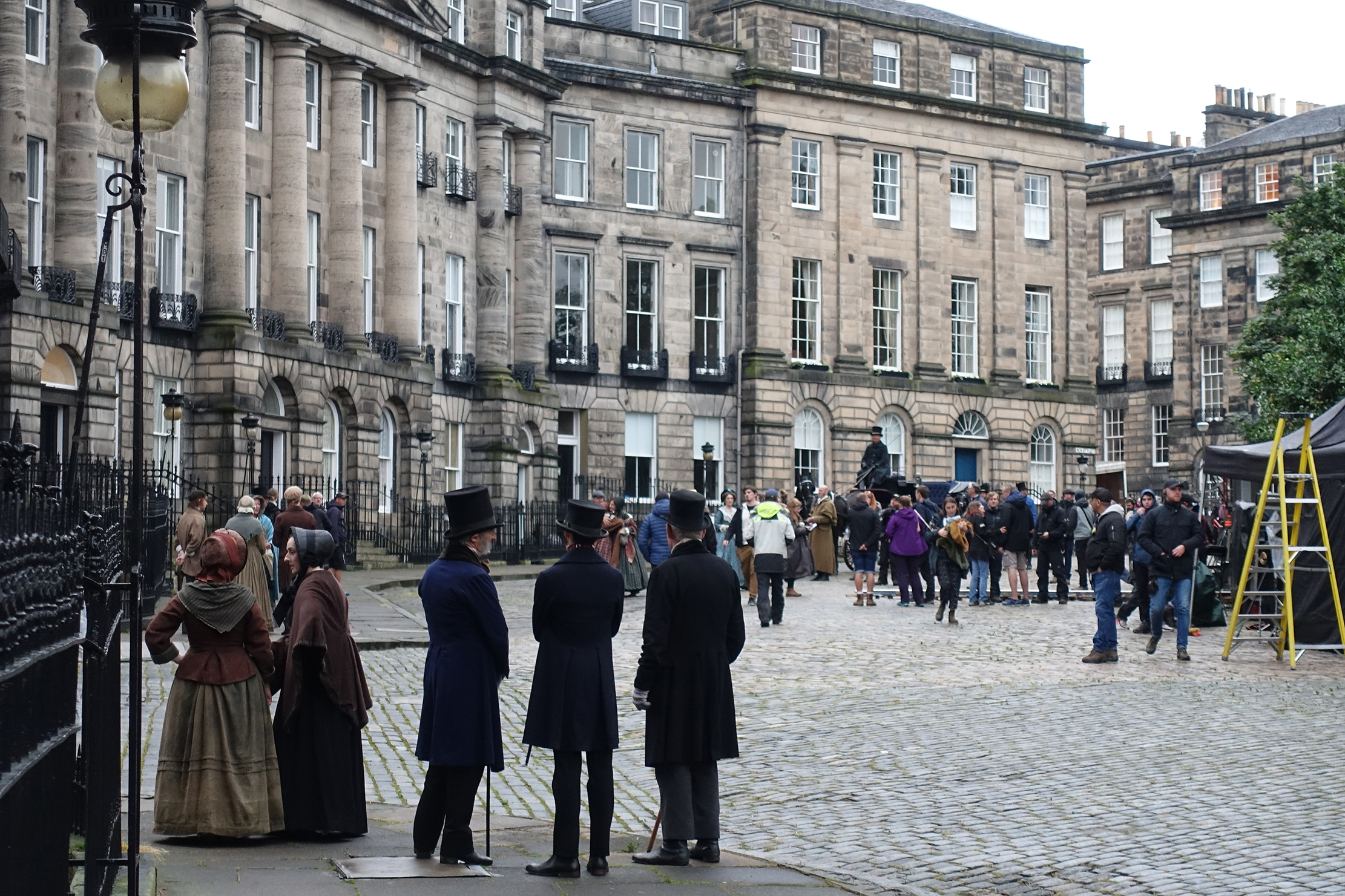
But there was one major hurdle, which is obvious to anyone familiar with this part of Edinburgh. The mansions and squares of the real Belgravia are a startling cream colour: the Grosvenor Estate stipulates the British Standard colour BS 08B15 for their buildings in Belgravia, better known as Magnolia. Edinburgh's buildings are, famously, warm sandstone in colour, having been cut from the historic Craigleith quarry (now a shopping centre).
The answer was to bring in the technical wizards to artificially turn the buildings white in post-production.
‘We created the white appearance through CGI,’ says Alexander. ‘You are always nervous when you’re a hostage to fortune in that way, but I think it looks brilliant.’
Exquisite houses, the beauty of Nature, and how to get the most from your life, straight to your inbox.
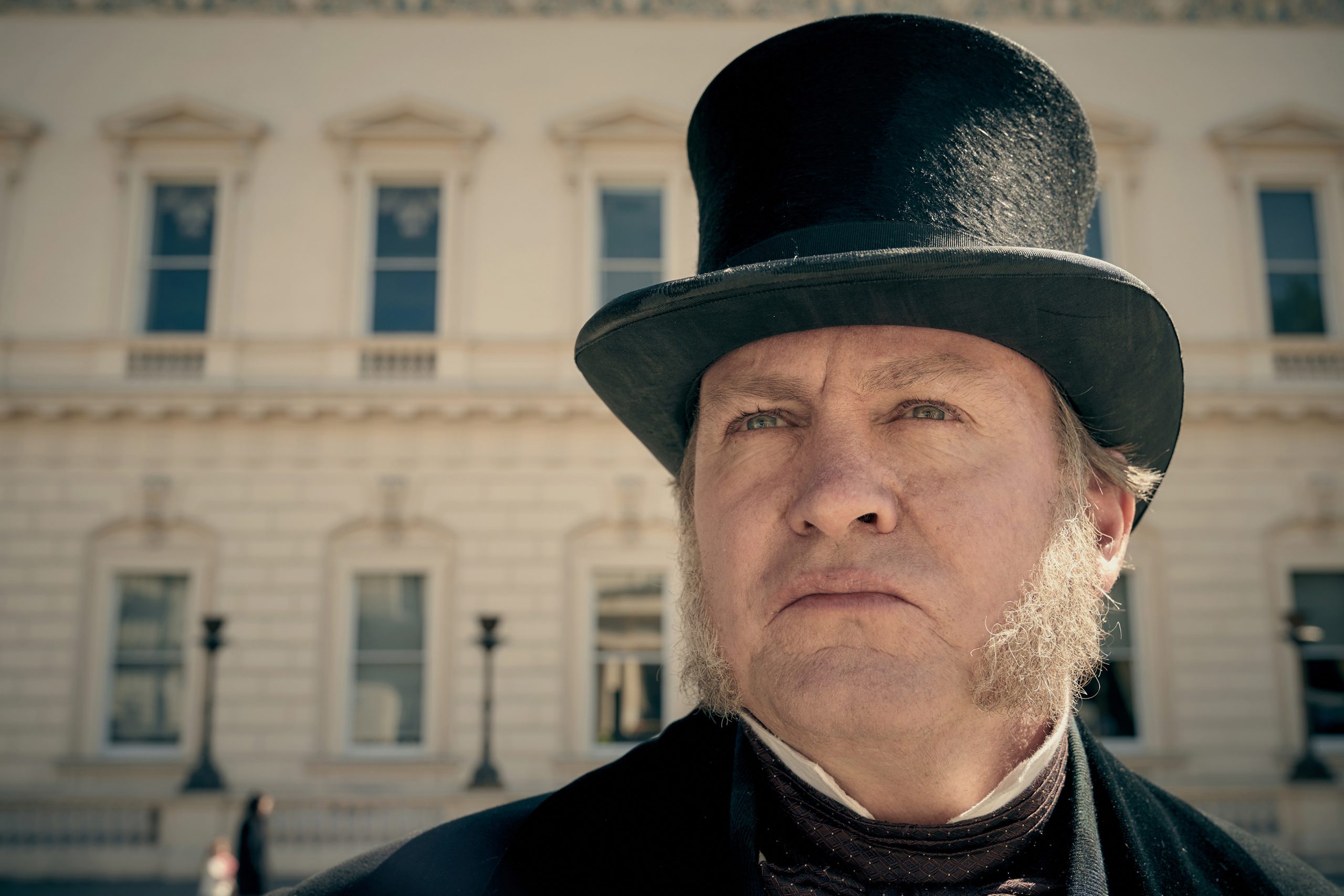
Standing in Moray Place it's impossible not to want more than just a look from the roadside; I’m desperate to peep inside the locked gardens that are the nucleus of the street. As I stalk the perimeter looking for gap in the hedge, I’m startled by a voice behind me. A traffic warden.
‘You look like you’re trying to do what I am!’
Do I? For a minute, I imagine him, in his fluorescent gilet, leaping over the fence commando-style, then I see he’s pulled out his phone.
‘I love this street,’ he says, swiping right to left. ‘I always like to take photos early in the morning.’ His images of sun-drenched buildings — including those on Darnaway Street (which stands in for London’s Harley Street) are indeed beautiful, and he uploads them to a local website.
For security reasons, he won’t tell me his name, but he does show me the grey paint that was used to cover the parking spaces for Belgravia filming. It was some time before the white lines were painted back on, which made his job tricky for a while as motorists took full advantage of free parking!
In Belgravia, Moray Place is used for the fashionable homes of the upwardly mobile Trenchards, who rub shoulders with the venerated Brockenhursts — two very different families united by scandal.
https://player.vimeo.com/video/368272929
So what are the real residents of Moray Place like? I knock on the door opposite where I am greeted by Elspeth and Tom Bostock, who are only too happy to show me around the secret garden across the street.
‘The thing I enjoyed the most about Belgravia was the horses,’ says Tom. He leads me across the road to the black cast iron gate. ‘They seemed to be a crack team, and also the coaches… these were props, and because of this they didn’t seem to care about them that much!’
The gate swings open and I’m surrounded by immaculate lawn fringed by mature shrubs and tall trees.
We crunch across a gravel path and Tom points out the new children’s play area and fixed barbecue. ‘People with dogs and children use it regularly — more so in the summer. They have picnics and sit in the sun.’
Even on a crisp winter morning, as the trees are just beginning to blossom, I can see how special these gardens must be.
Tom lives in an apartment, though some of the buildings in Moray Place have returned to single occupancy. Almost all are residential, so a lavish garden party had to be thrown before filming started to get the residents on-side. It seems to have worked, for everyone I meet seems charmed.
‘It was magical really,’ says one of the neighbours. ‘There were people in costume sitting just here on the steps. I hope my cat will be featured because he was certainly trying to be the star of the show!’

A short walk from Moray Place is Charlotte Square, home to the intriguing Georgian House museum. Now that I’ve seen where the Georgians lived, it’s time to find out how they lived. Donning a bonnet and gown from the dressing-up room, I explore the luxurious abode designed by Robert Adam in 1796 for the 18th chief of the Clan Lamont.
Real Georgian women, I learn, were not quite as glamorous as portrayed on-screen. From the vast quantities of sugar they consumed, to their false teeth and wax used to cover pustules, they must have had a hard time maintaining their appearance. Particularly intriguing is the medicine box, carried by the lady of the house. Not your average TCP and plasters: the Georgians used mercury for biliary secretions, wine enemas, laudanum and poison. The castor oil is the only element you'd still find in use today.
After a spell getting used to life as lady of the manor, it’s time to shed my fine clothes, jump forward a few decades, and brace myself for a ‘Slum life tour of Victorian Edinburgh’.
Whilst Edinburgh’s New Town prospered, the Old Town became increasingly dilapidated and overcrowded. Cut off from humanity, quite literally, by the town walls, the death rate was high — something that’s hard to imagine today as I stroll past whiskey bars and boutiques selling Harris Tweed.
A visit to the Surgeons’ Hall Museum also casts light (and darkness) on the lives of the city’s inhabitants, whose rickets-twisted skeletons, and TB-infected bodies dangle and float in oak cases dating to the 1700s.
Open to the public since 1832, the museum is home to one of the largest pathology collections in the UK, ranging from metastatic lungs to gangrenous toes (yuck). There’s even the death mask of the executed criminal William Burke, still showing the noose marks on his neck. Burke, together with William Hare, preyed on the poor in the cheapest tenements, and sold their bodies to the medical profession.
Morbid curiosity satisfied, it’s a relief to return to the more refined side of Georgian life with afternoon tea at Colonnades Signet Library. In the mid-18th century the nation’s favourite beverage really took off, becoming cheaper and more readily available to the masses in cafes, tearooms and tea gardens.
The choice of tea in the Colonnades is bewildering, but if you don’t know your Formosa from your Lapsang, don’t worry the staff really know their leaves.
What’s more, I’m thrilled to discover that this elegant establishment is not averse to doggy-bags (or boxes, to be precise) and I retire to my apartment that evening on a full-stomach with a box of delicious canapés and cakes to polish off for my supper.
Ali Wood travelled to Scotland in February, before the coronavirus outbreak which shut down everyday life in Britain. If you're looking to plan a trip to the city once things return to normal, see the websites This is Edinburgh and VisitScotland.
Ali is also the author of the travel guides 'Edinburgh: An Outlander Tour' and 'Scotland: An Outlander Tour'. Follow her on Instagram, www.tvtraveller.co.uk or YouTube.
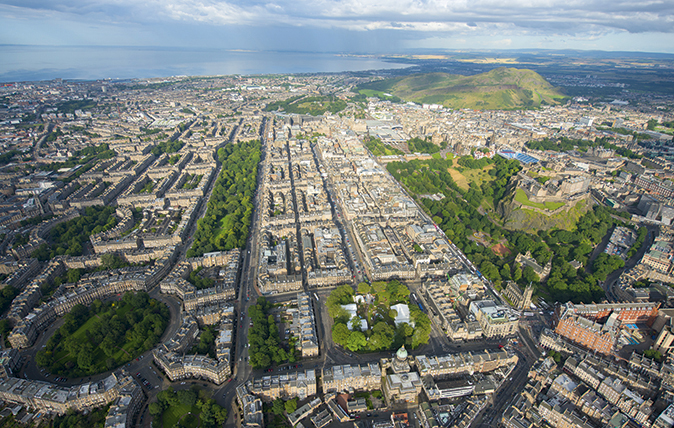
Edinburgh, the ‘miracle in stone’, summed up in 10 perfect pictures and quotes
The Edinburgh New Town celebrates its 250th anniversary this year. Here are some stunning shots of this sublime example of
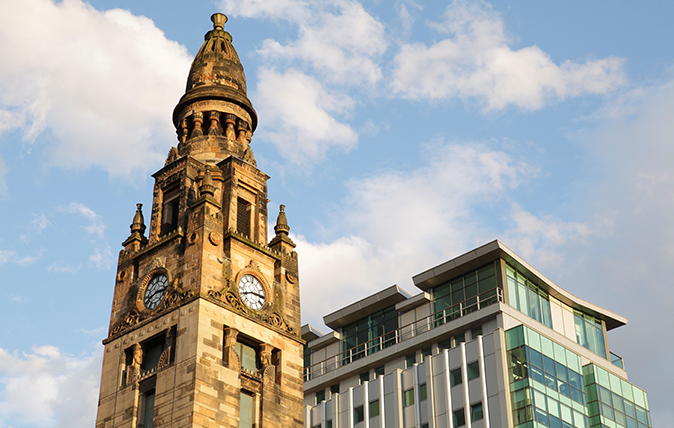
Jason Goodwin: ‘Memories fade. Gavin was right: buildings outlive us all and they’re each memorials. They should not be allowed to disappear’
Our columnist remembers Gavin Stamp, the architectural critic, historian and campaigner.
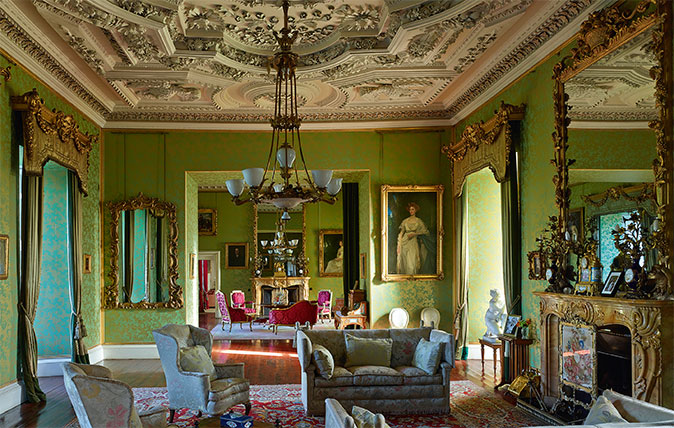
Credit: Thirlestane Castle in Berwickshire, photographed by Paul Barker
Thirlestane: A majestic 16th century castle being saved by heroic by 21st century efforts
-
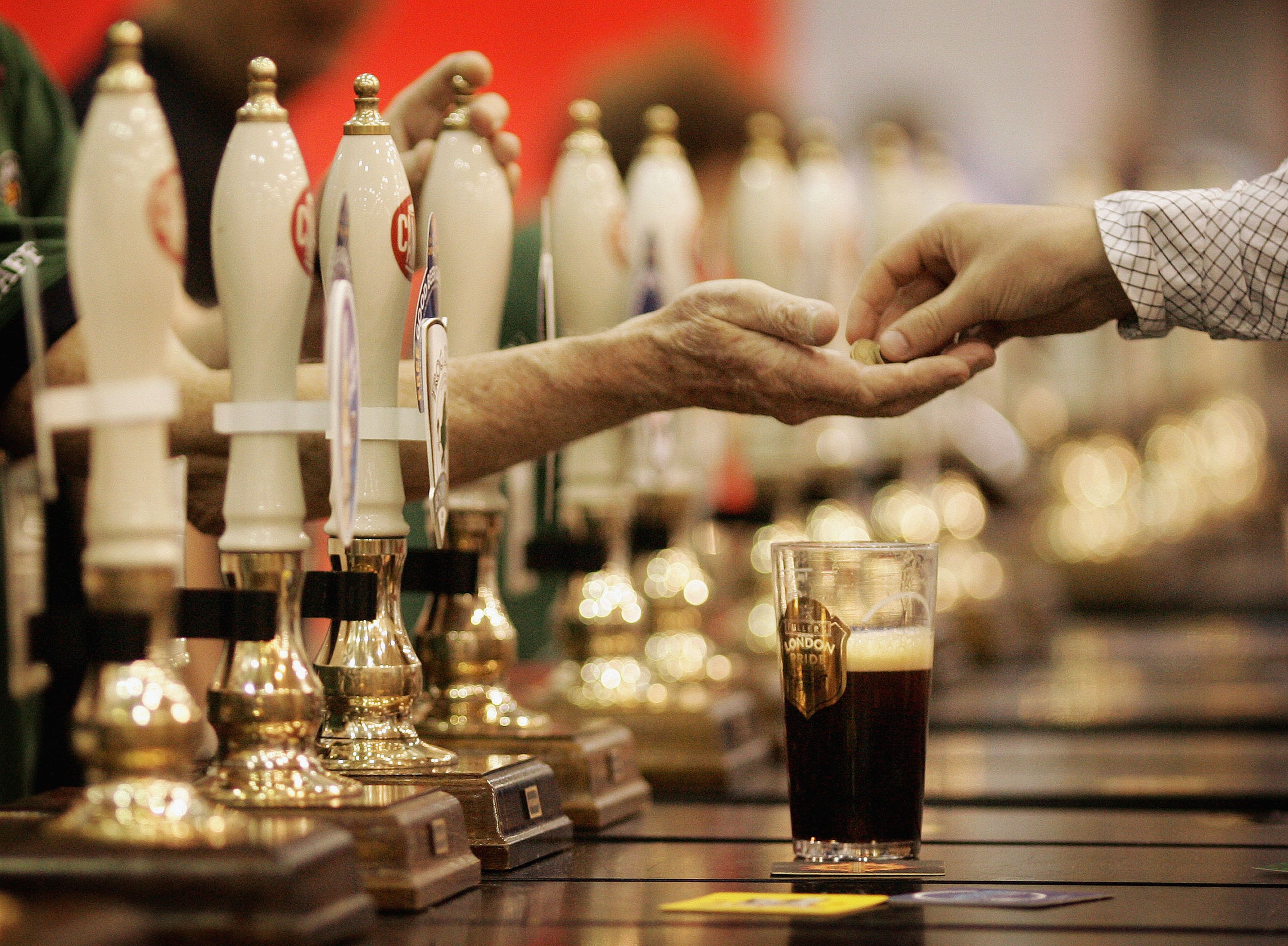 In search of London’s earliest pint
In search of London’s earliest pintEarly houses — pubs open in the early hours to feed and water the market trade — have been a cornerstone of London for centuries. Yet, as Will Hosie finds, they aren’t stuck in the past.
-
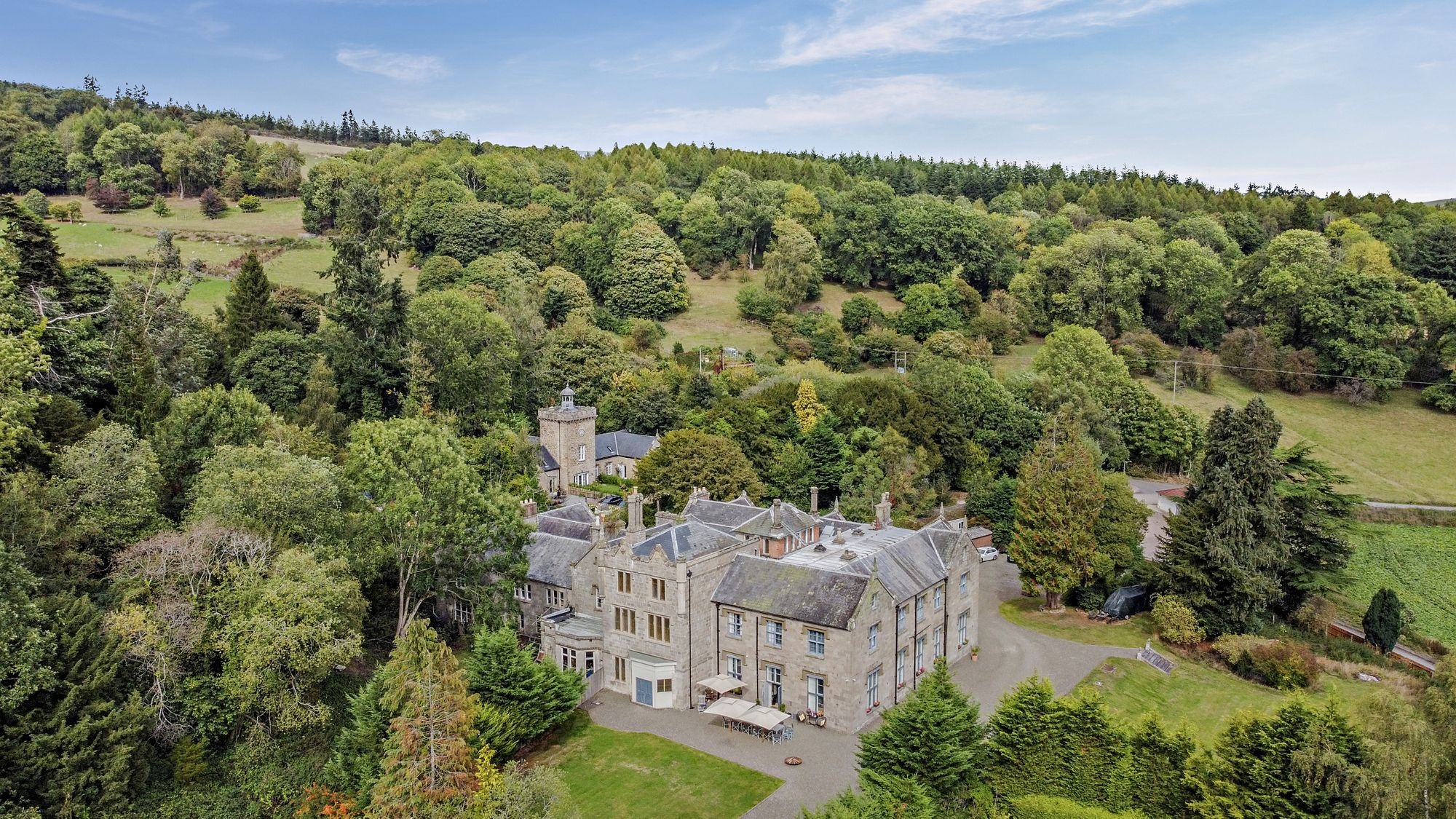 A 14-bedroom 'miniature Downton Abbey' to call your own — and there's not a penny of Mansion Tax to be paid
A 14-bedroom 'miniature Downton Abbey' to call your own — and there's not a penny of Mansion Tax to be paidNorton Manor is an incredible period home that's on the market for £1.3 million.